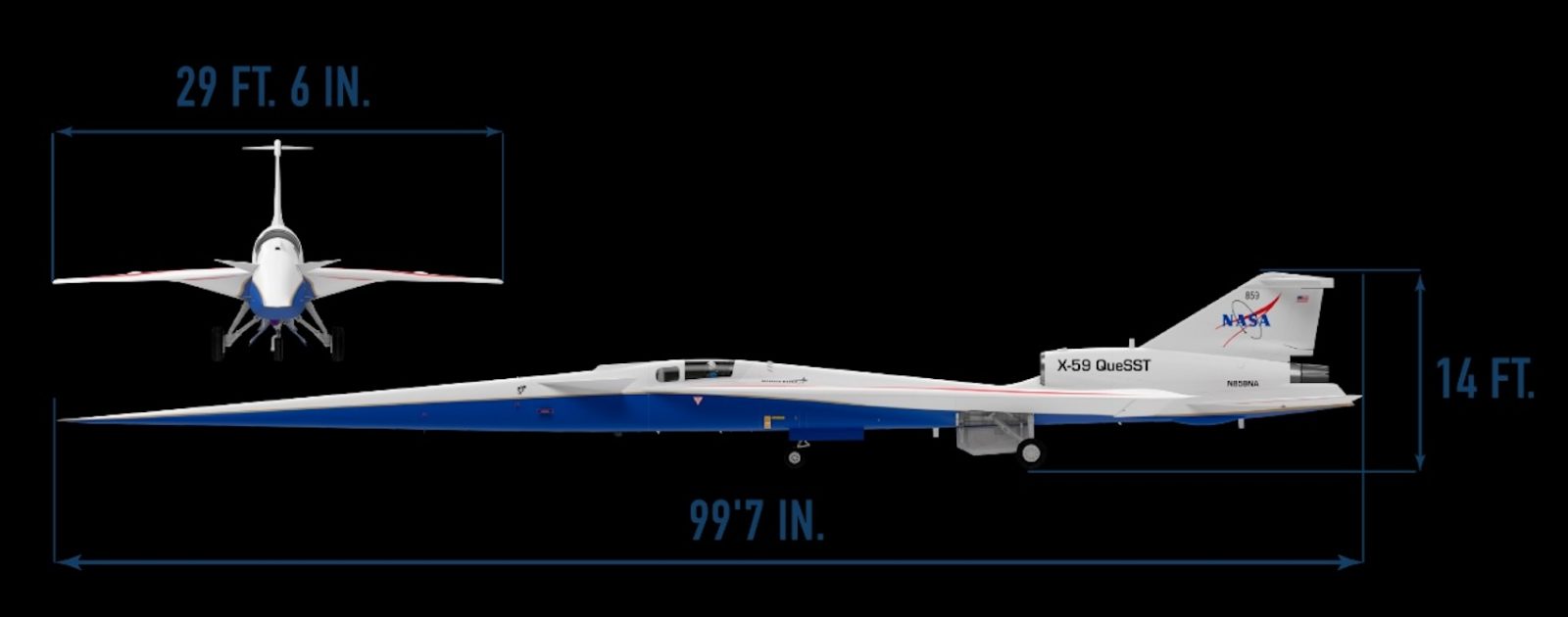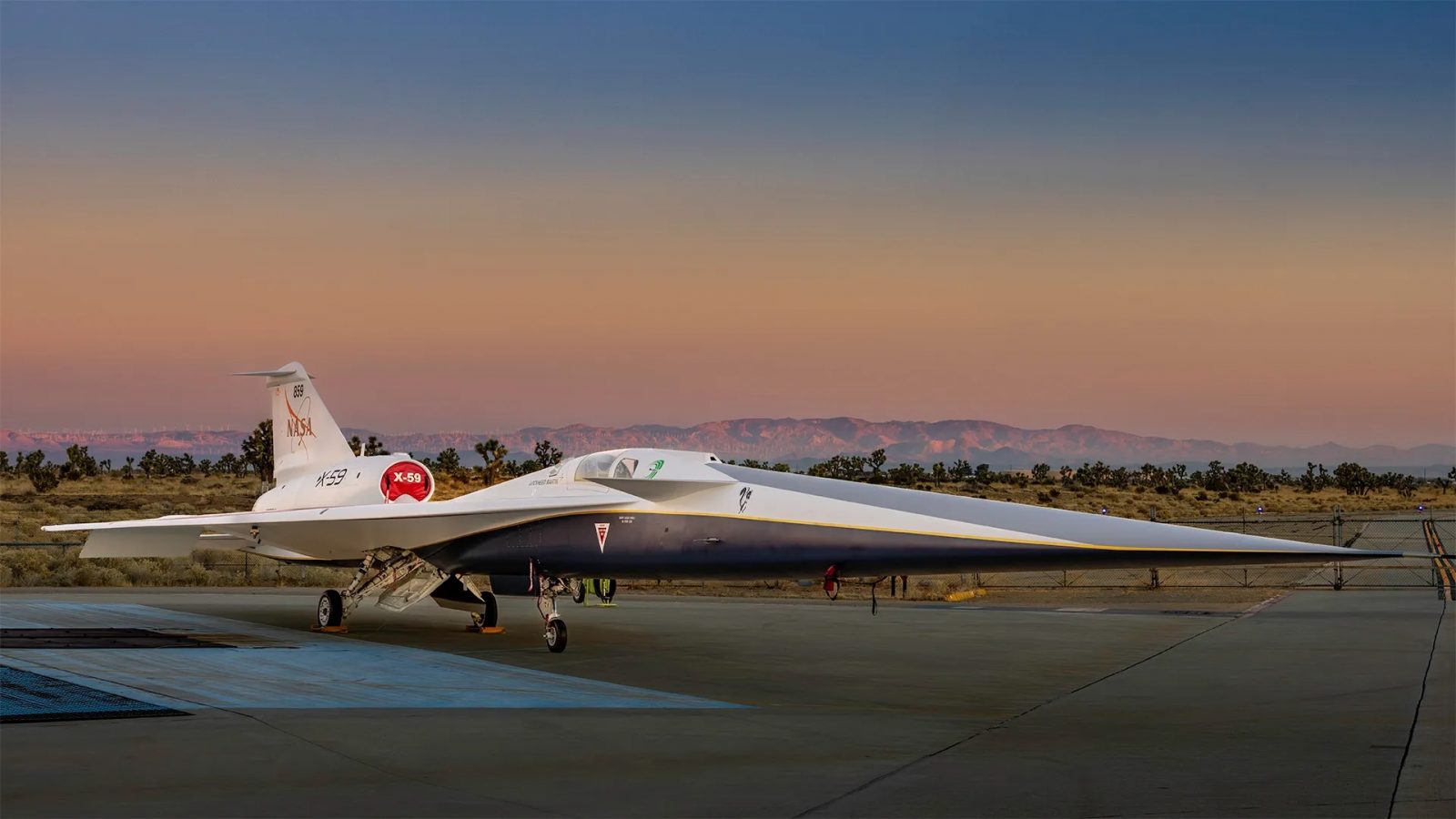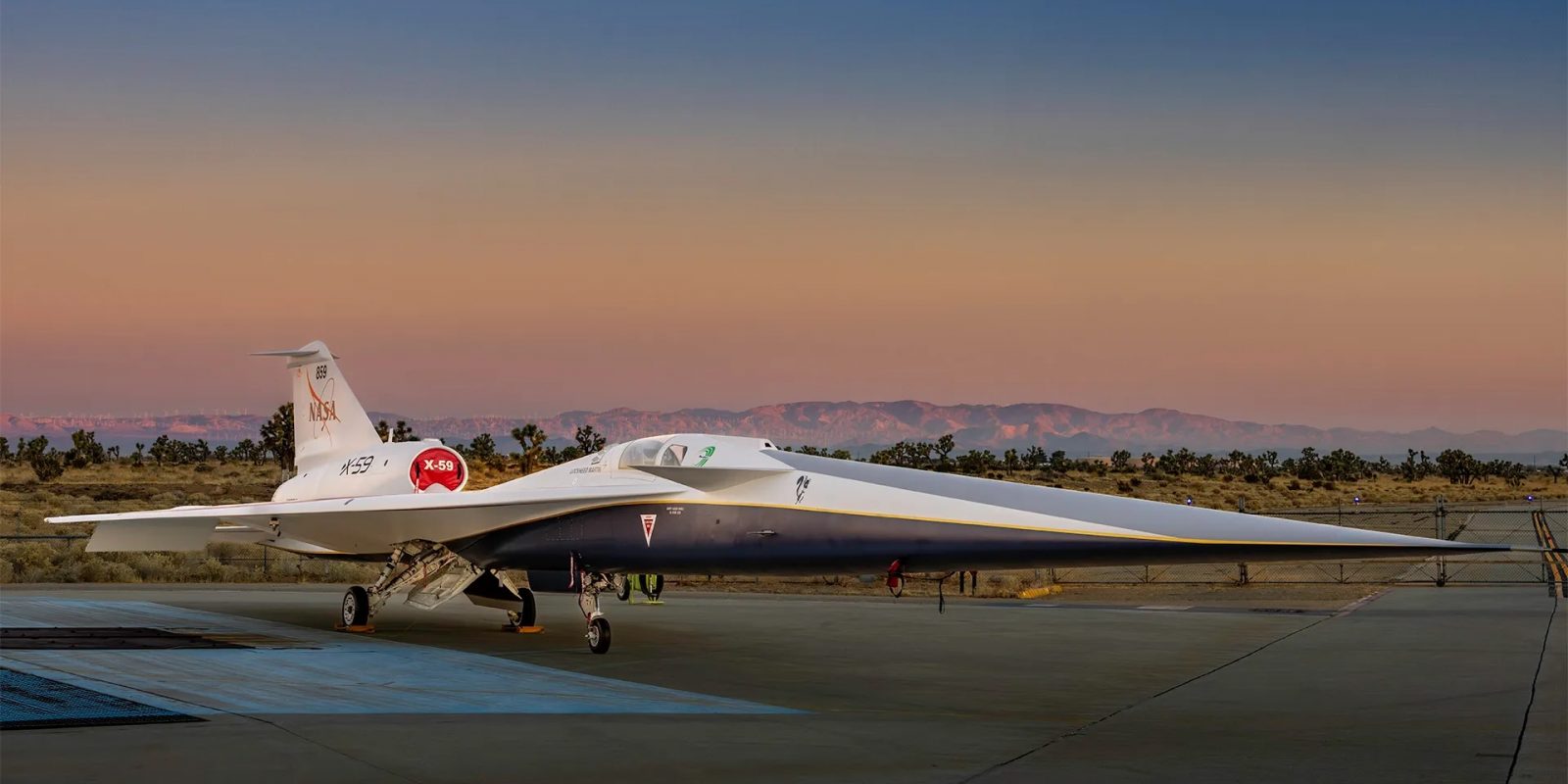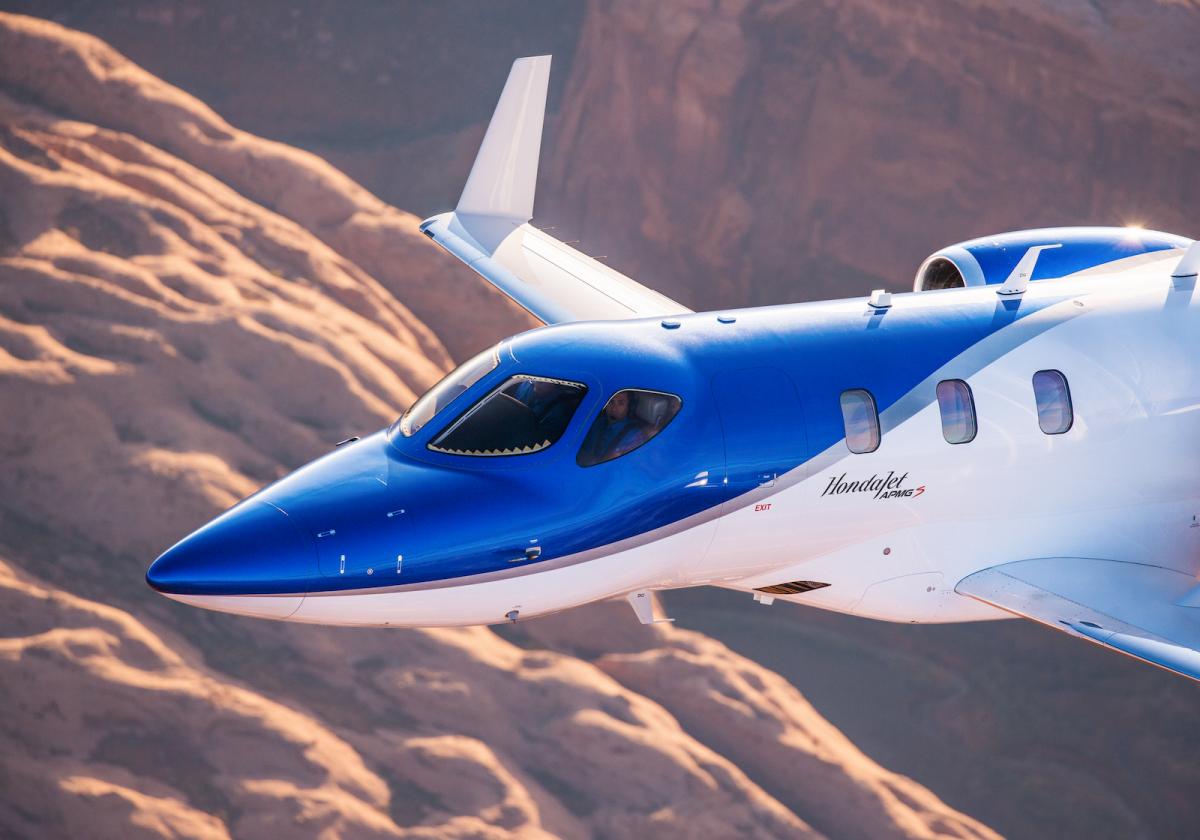NASA and Lockheed Martin have officially revealed the agency’s highly-anticipated X-59 experimental aircraft, a crucial step towards enabling faster commercial air travel and reshaping aviation regulations.
The pioneering X-59 jet aims to demonstrate quiet supersonic flight, generating sonic “thumps” instead of startling booms that prompted bans over land decades ago. Data gathered from upcoming test flights with the 99.7-foot-long aircraft could convince regulators to update rules and create new markets for U.S. aerospace companies.

“This major milestone was only possible through the incredible efforts of the NASA and Lockheed Martin teams,” said NASA’s Pam Melroy at the unveiling Friday. “In just a few years, we’ve gone from concept to completed aircraft that can transform air travel, bringing people closer together.”

Central to NASA’s QueSST mission, the uniquely-shaped X-59 incorporates advanced technologies to break sound barriers quietly. Its highly-elongated 30-foot nose, positioned ahead of the cockpit and absent windows, is designed to manipulate shockwaves. The engines mount on top to prevent turbulent merging behind the smooth underside.
Later this year, the X-59 will conduct ground tests before its highly anticipated first flight. Following initial trials at Lockheed’s Skunk Works, it will transfer to NASA’s Armstrong Center to serve as base for community overflights. The resulting acoustic data will be given to the FAA and global regulators to update rules on supersonic travel.
While not intended for passenger travel itself, the X-59 experimental jet could enable a new generation of faster commercial airliners. The X-59 can fly at 1.4 times the speed of sound, or 925 mph. NASA’s cutting-edge research, advanced by Lockheed’s engineering, brings quiet supersonic transportation closer to reality.







